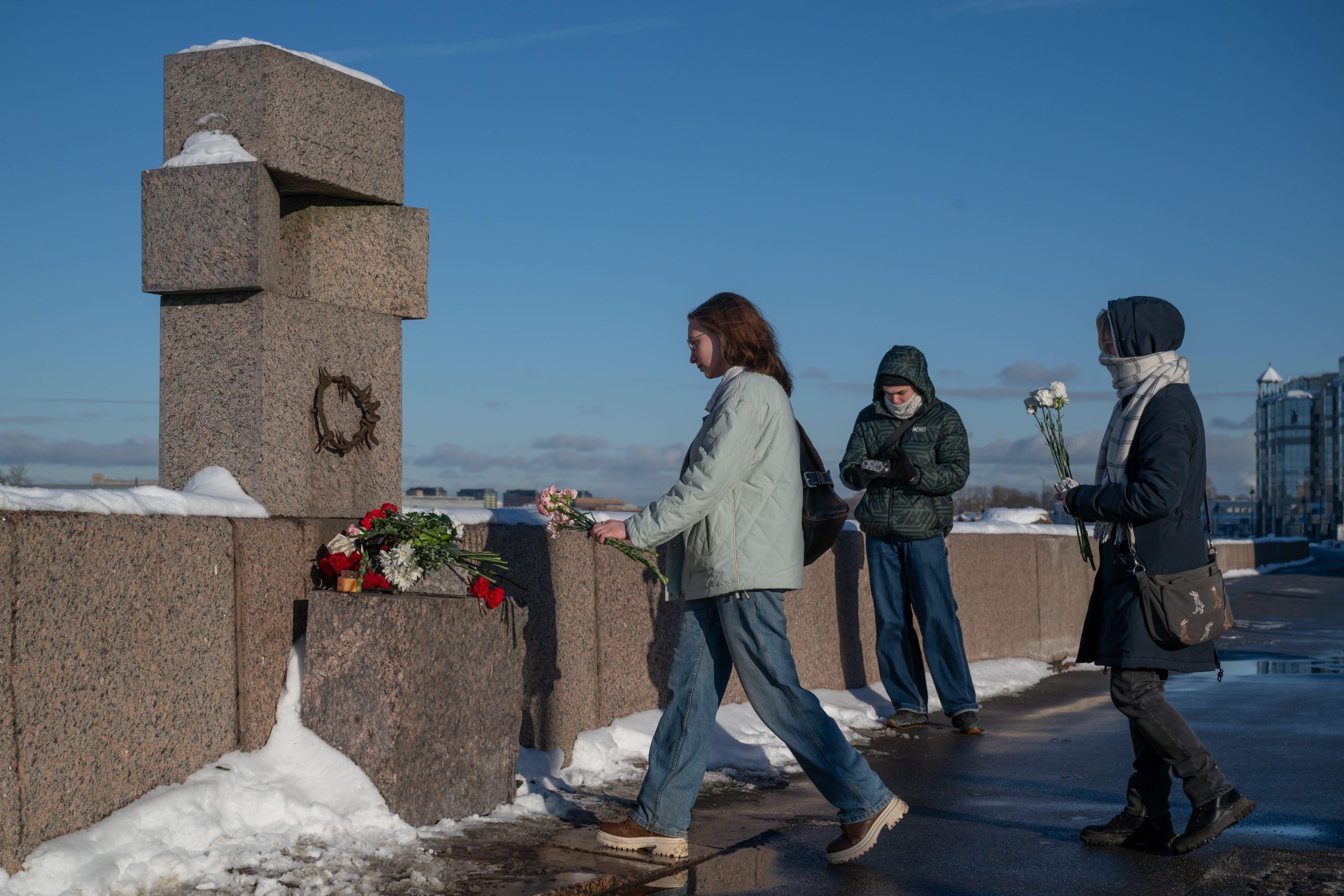Following an inauguration ceremony on Monday, Vladimir Putin is once again Russia’s president. After an absence of four years, Putin won a third term as president in controversial elections in March.
But as former President Dmitry Medvedev retook his role as Prime Minister — finalising the Putin-Medvedev job swap — Moscow was filled with thousands of policemen who blocked all central streets and central underground stations.
Putin’s opposition were also out in force. The opposition held a sanctioned march on Sunday which they believe drew a crowd of approximately 100,000 protesters in Bolshaya Yakimanka street in the centre of Moscow (some Russian news reports estimated the crowds at 20,000 people, while police said there were 8,000 people present).
The march — the largest since anti-Putin protests last December — was meant to end at a protest rally on Bolotnaya Square, but the square was blocked by metal detectors that prevented people from entering it quickly. As protesters spent what seemed like an eternity queuing up to pass through the detectors, their outrage grew. Losing hope, some sat down in the middle of the street while they waited to enter the square.
Then the protest stopped being peaceful.
Members of a radical youth group threw smoke bombs at the police, triggering mass arrests and beatings. Protesters then began throwing stones and asphalt, which hit journalists, policemen and fellow protesters.
Hundreds were arrested during the fray, including opposition leaders Sergei Udaltsov, Alexey Navalny and Boris Nemtsov. One photographer fell to his death while attempting to photograph the clashes.
Most of the arrested were released next day, but over 100 young men arrested during the protest have now been drafted into the military.
On the day of their release, protesters returned to the streets to walk peacefully with white ribbons — symbols of the latest protests — on Moscow’s central boulevards. Once again, the police blocked protesters, and attempted to force the crowds towards underground stations to go home. Protesters wandered around the boulevard in a bid to thwart the police’s attempt to disperse crowds and find a safe place to peacefully protest Putin’s return to power. Protesters finally settled in near the presidential administration. Police quickly move in to arrest protesters who remained near the building, including journalists from Kommersant, the Moscow Times and the Dozhd TV channel. RFE/RL Russian service reporters were threatened by policemen, who forced them to stop using video cameras, but managed to escape. Hundreds of arrests were made.
Leading human rights activist, Lev Ponomarev, who was arrested on 7 May for walking on a boulevard with a white ribbon, told Index that he congratulates Putin on establishing a Nazi regime on the day of his inauguration. He said the clashes between protesters and the police showed that “the Putin regime stopped pretending to respect human rights, particularly freedom of expression”.






